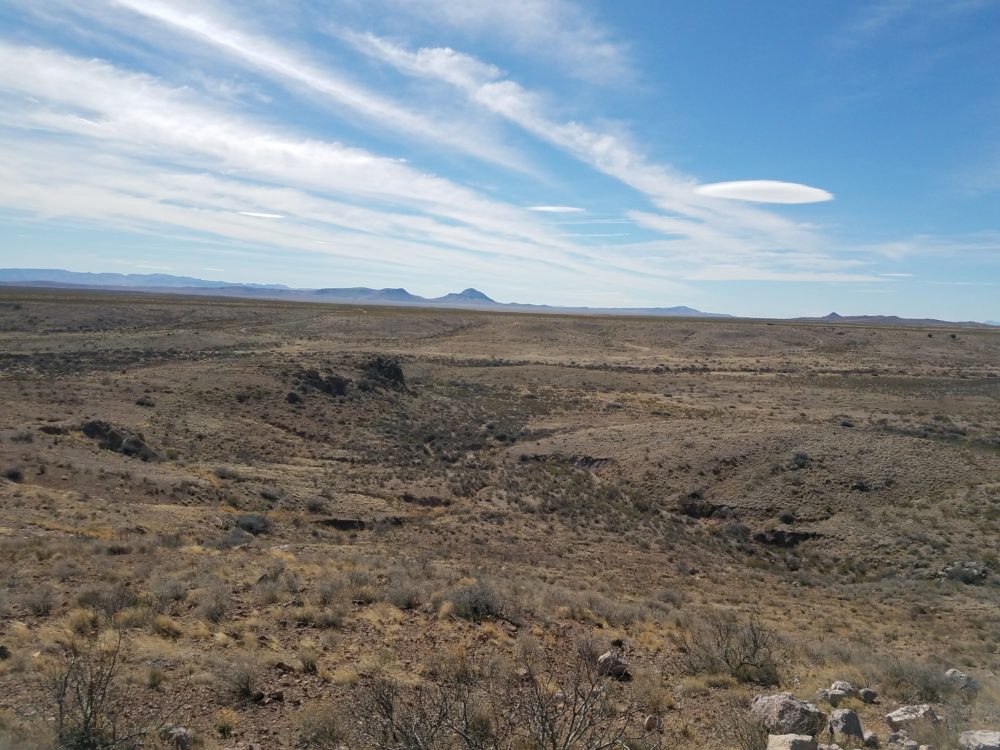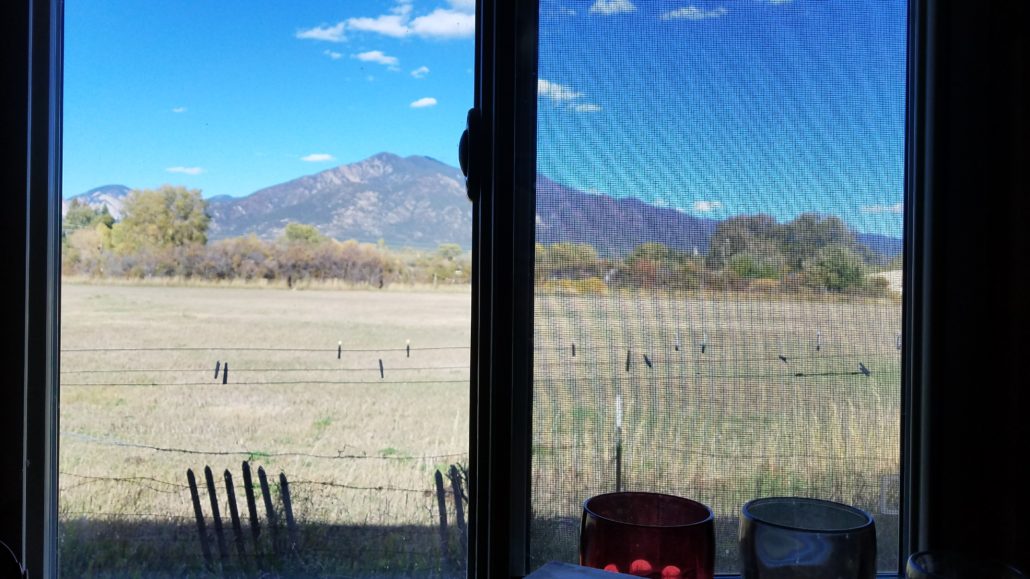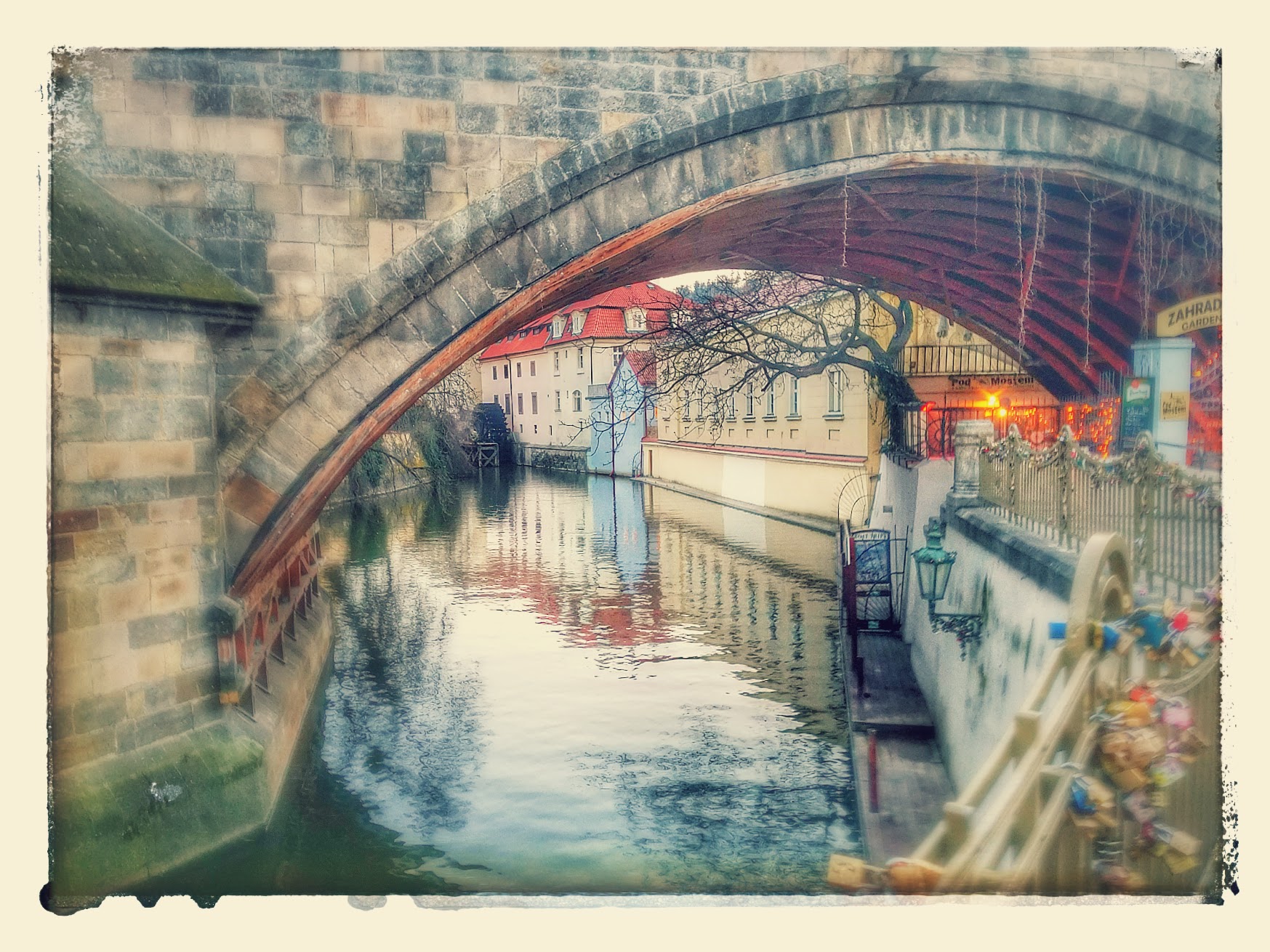[av_one_full first min_height=” vertical_alignment=” space=” custom_margin=” margin=’0px’ padding=’0px’ border=” border_color=” radius=’0px’ background_color=” src=” background_position=’top left’ background_repeat=’no-repeat’ animation=” mobile_display=”]
[av_heading heading=’English 120 Portfolio’ tag=’h1′ style=’blockquote classic-quote’ size=” subheading_active=” subheading_size=’15’ padding=’10’ color=” custom_font=” admin_preview_bg=”][/av_heading]
[/av_one_full]
[av_one_fifth first min_height=” vertical_alignment=” space=” custom_margin=” margin=’0px’ padding=’0px’ border=” border_color=” radius=’0px’ background_color=” src=” background_position=’top left’ background_repeat=’no-repeat’ animation=” mobile_display=”][/av_one_fifth]
[av_three_fifth min_height=” vertical_alignment=” space=” custom_margin=” margin=’0px’ padding=’0px’ border=” border_color=” radius=’0px’ background_color=” src=” background_position=’top left’ background_repeat=’no-repeat’ animation=” mobile_display=”]
[av_heading tag=’h3′ padding=’10’ heading=’Course Description’ color=” style=’blockquote modern-quote modern-centered’ custom_font=” size=” subheading_active=” subheading_size=’15’ custom_class=” admin_preview_bg=”][/av_heading]
[av_textblock size=” font_color=” color=” admin_preview_bg=”]
English 120 builds on the rhetorical approach to composition introduced in English 110, 111/112, or 113 by asking students to create projects for particular audiences, contexts, purposes, and mediums. Students also extend their understanding of modes of communication by incorporating visual and audio elements to their compositions as appropriate to their audience.
English 120 emphasizes academic writing, research, and argumentation. Students must learn how to summarize, synthesize and evaluate primary and secondary sources for research before integrating them into an argument that engages their academic discipline.
[/av_textblock]
[/av_three_fifth]
[av_one_fifth min_height=” vertical_alignment=” space=” custom_margin=” margin=’0px’ padding=’0px’ border=” border_color=” radius=’0px’ background_color=” src=” background_position=’top left’ background_repeat=’no-repeat’ animation=” mobile_display=”][/av_one_fifth]
[av_hr class=’default’ height=’50’ shadow=’no-shadow’ position=’center’ custom_border=’av-border-thin’ custom_width=’50px’ custom_border_color=” custom_margin_top=’30px’ custom_margin_bottom=’30px’ icon_select=’yes’ custom_icon_color=” icon=’ue808′]
[av_two_third first min_height=” vertical_alignment=” space=” custom_margin=” margin=’0px’ padding=’0px’ border=” border_color=” radius=’0px’ background_color=” src=” background_position=’top left’ background_repeat=’no-repeat’ animation=” mobile_display=”]
[av_heading tag=’h1′ padding=’10’ heading=’Sequence 1: The Belief Manifesto’ color=” style=” custom_font=” size=” subheading_active=” subheading_size=’15’ custom_class=” admin_preview_bg=”][/av_heading]
[av_iconlist position=’left’ iconlist_styling=” custom_title_size=” custom_content_size=” font_color=” custom_title=” custom_content=” color=” custom_bg=” custom_font=” custom_border=” admin_preview_bg=”]
[av_iconlist_item title=’Assignment 1: Belief Manifesto’ link=’manually,https://docs.google.com/document/d/1KkPgpzn11yDatEFIdLODf3SZ8gKKEO8JAYyPkHy_IHQ/edit?usp=sharing’ linktarget=’_blank’ linkelement=” icon=’ue836′ font=’entypo-fontello’][/av_iconlist_item]
[av_iconlist_item title=’Assignment 2: Personal Archives Analysis’ link=’manually,https://docs.google.com/document/d/15j_gI7myq7OI6JuZ90vHij4aXkyX7zw8-9X8qjPiloM/edit?usp=sharing’ linktarget=” linkelement=” icon=’ue84f’ font=’entypo-fontello’][/av_iconlist_item]
[av_iconlist_item title=’Major Writing Assignment: Video Manifesto’ link=’manually,https://docs.google.com/document/d/1rO3EdU7KAZYZh41ju2zUEbcmxUzcBN01rhpBgXKSCYs/edit?usp=sharing’ linktarget=’_blank’ linkelement=” icon=’ue80e’ font=’entypo-fontello’][/av_iconlist_item]
[/av_iconlist]
[av_textblock size=” font_color=” color=” admin_preview_bg=”]
Student Learning Outcomes
- Analyze, compose, and reflect on arguments in a variety of genres, considering the strategies, claims, evidence, and various mediums and technologies that are appropriate to the rhetorical situation
- Use writing and research as a means of discovery to examine students’ personal beliefs in the context of multiple perspectives and to explore focused research questions through various mediums and technologies
- Integrate others’ positions and perspectives into compositions ethically, appropriately, and effectively in various mediums and technologies
Overview
The purpose of this unit is to have students think about how their beliefs and experiences contribute to their writing. Students explain their core beliefs and explore how they were shaped. Students read various multi-media belief statements including UNM’s Lobo Common reader, Just Mercy by Bryan Stevenson, and examine the difference between opinion and beliefs. They consider elements of organization and style to construct sounds definitions of their beliefs supported by anecdotes, imagery, and exposition. Finally, students choose an audience to whom they will explain their beliefs. They must revise their manifestos to meet the new rhetorical situation and consider how different audiences and mediums change their writing.
[/av_textblock]
[/av_two_third][av_one_third min_height=” vertical_alignment=” space=” custom_margin=” margin=’0px’ padding=’0px’ border=” border_color=” radius=’0px’ background_color=” src=” background_position=’top left’ background_repeat=’no-repeat’ animation=” mobile_display=”]
[av_video src=’https://youtu.be/Lrc5Fm0162w’ format=’16-9′ width=’16’ height=’9′]
[av_button label=’See Sample Project’ link=’manually,https://youtu.be/Lrc5Fm0162w’ link_target=’_blank’ size=’large’ position=’center’ icon_select=’no’ icon=’ue800′ font=’entypo-fontello’ color=’theme-color’ custom_bg=’#444444′ custom_font=’#ffffff’ admin_preview_bg=”]
[/av_one_third]
[av_hr class=’default’ height=’50’ shadow=’no-shadow’ position=’center’ custom_border=’av-border-thin’ custom_width=’50px’ custom_border_color=” custom_margin_top=’30px’ custom_margin_bottom=’30px’ icon_select=’yes’ custom_icon_color=” icon=’ue808′]
[av_heading tag=’h1′ padding=’10’ heading=’Sequence 2: Annotated Bibliography’ color=” style=” custom_font=” size=” subheading_active=” subheading_size=’15’ custom_class=” admin_preview_bg=”][/av_heading]
[av_one_third first min_height=” vertical_alignment=” space=” custom_margin=” margin=’0px’ padding=’0px’ border=” border_color=” radius=’0px’ background_color=” src=” background_position=’top left’ background_repeat=’no-repeat’ animation=” mobile_display=”]
[av_image src=’https://kellilycke.com/wp-content/uploads/2019/01/Annatated-bib-1030×505.png’ attachment=’1380′ attachment_size=’large’ align=’center’ styling=” hover=” link=” target=” caption=” font_size=” appearance=” overlay_opacity=’0.4′ overlay_color=’#000000′ overlay_text_color=’#ffffff’ animation=’no-animation’ admin_preview_bg=”][/av_image]
[av_button label=’See Sample Project’ link=’manually,https://docs.google.com/document/d/1rfM97JFDTfEW1Of2SmPLL-n4d4EjOcwmg45RPWL_qDw/edit?usp=sharing’ link_target=’_blank’ size=’large’ position=’center’ icon_select=’no’ icon=’ue800′ font=’entypo-fontello’ color=’theme-color’ custom_bg=’#444444′ custom_font=’#ffffff’ admin_preview_bg=”]
[/av_one_third]
[av_two_third min_height=” vertical_alignment=’av-align-top’ space=” margin=’0px’ margin_sync=’true’ padding=’0px’ padding_sync=’true’ border=” border_color=” radius=’0px’ radius_sync=’true’ background_color=” src=” attachment=” attachment_size=” background_position=’top left’ background_repeat=’no-repeat’ animation=” mobile_display=”]
[av_iconlist position=’left’ iconlist_styling=” custom_title_size=” custom_content_size=” font_color=” custom_title=” custom_content=” color=” custom_bg=” custom_font=” custom_border=” admin_preview_bg=”]
[av_iconlist_item title=’Assignment 1: Database Research’ link=’manually,https://docs.google.com/document/d/1bL_1wxzz2-hAnRj-UwAl-nkp85-plARiQqGecEBGtnU/edit?usp=sharing’ linktarget=” linkelement=” icon=’ue84e’ font=’entypo-fontello’][/av_iconlist_item]
[av_iconlist_item title=’Assignment 2: World Wide Web Research’ link=’manually,https://docs.google.com/document/d/1f6ngwuMwIxXBJdhv_waQm5n5n5W4ojhApiymS3E-Rpg/edit?usp=sharing’ linktarget=” linkelement=” icon=’ue80a’ font=’entypo-fontello’][/av_iconlist_item]
[av_iconlist_item title=’Major Writing Assignment: Annotated Bibliography’ link=’manually,https://docs.google.com/document/d/1XLqS4WJSvLt_5lrel97mipPM1obVMzZ1wdQYPubTuuA/edit?usp=sharing’ linktarget=” linkelement=” icon=’ue80e’ font=’entypo-fontello’][/av_iconlist_item]
[/av_iconlist]
[av_textblock size=” font_color=” color=” admin_preview_bg=”]
Student Learning Outcomes
- Integrate others’ positions and perspectives into compositions ethically, appropriately, and effectively in various mediums and technologies
- Compose a research-based academic argument in one of various mediums and technologies by identifying, analyzing, evaluating, and synthesizing sources, which must include secondary sources
Overview
The purpose of this sequence is to teach students how to conduct ethic research through a topic of their choice. Students explore a problem within their discourse community by developing questions about the problem. They learn how to navigate call numbers and online databases. Students also learn to evaluate the credibility and bias of a variety of sources. I ask students to suspend their own biases as they embark on their inquiry process. This annotated bibliography serves as the groundwork for the proposal in the third sequence.
[/av_textblock]
[/av_two_third]
[av_hr class=’default’ height=’50’ shadow=’no-shadow’ position=’center’ custom_border=’av-border-thin’ custom_width=’50px’ custom_border_color=” custom_margin_top=’30px’ custom_margin_bottom=’30px’ icon_select=’yes’ custom_icon_color=” icon=’ue808′]
[av_one_full first min_height=” vertical_alignment=” space=” custom_margin=” margin=’0px’ padding=’0px’ border=” border_color=” radius=’0px’ background_color=” src=” background_position=’top left’ background_repeat=’no-repeat’ animation=” mobile_display=”]
[av_heading heading=’Sequence 3: Multi-modal Proposal’ tag=’h1′ style=” size=” subheading_active=” subheading_size=’15’ padding=’10’ color=” custom_font=” admin_preview_bg=”][/av_heading]
[/av_one_full]
[av_two_third first min_height=” vertical_alignment=” space=” custom_margin=” margin=’0px’ padding=’0px’ border=” border_color=” radius=’0px’ background_color=” src=” background_position=’top left’ background_repeat=’no-repeat’ animation=” mobile_display=”]
[av_iconlist position=’left’ iconlist_styling=” custom_title_size=” custom_content_size=” font_color=” custom_title=” custom_content=” color=” custom_bg=” custom_font=” custom_border=” admin_preview_bg=”]
[av_iconlist_item title=’Assignment 1: Stakeholders Analysis’ link=” linktarget=” linkelement=” icon=’ue80b’ font=’entypo-fontello’][/av_iconlist_item]
[av_iconlist_item title=’Assignment 2: Solution Memo’ link=’manually,https://docs.google.com/document/d/1nLCS0-Y03aiP_NPoCPqIZ2WnXW7TstfNR-0gLQ1ZrDI/edit?usp=sharing’ linktarget=” linkelement=” icon=’ue84b’ font=’entypo-fontello’][/av_iconlist_item]
[av_iconlist_item title=’Major Writing Assignment: Multi-modal Proposal’ link=’manually,https://docs.google.com/document/d/1dmWi6pb-mszLF5UBA-u4n_mLz4lkhXPWbdLFJEKvY_0/edit?usp=sharing’ linktarget=” linkelement=” icon=’ue80d’ font=’entypo-fontello’][/av_iconlist_item]
[/av_iconlist]
[av_textblock size=” font_color=” color=” admin_preview_bg=”]
Student Learning Outcomes
- Use multiple approaches for planning, researching, prewriting, composing, assessing, revising, editing, proofreading, collaborating, and incorporating feedback in order to make compositions stronger in various mediums and using multiple technologies
- Use writing and research as a means of discovery to examine students’ personal beliefs in the context of multiple perspectives and to explore focused research questions through various mediums and technologies
- Compose a research-based academic argument in one of various mediums and technologies by identifying, analyzing, evaluating, and synthesizing sources, which must include secondary sources
Overview
The purpose of this assignment is to teach students how to synthesize their research by proposing a viable solution the problem they highlighted in sequence 2. First, students consider all of the stakeholders in their problem and the values, stakes, and powers of each stakeholder. Then, they must outline a solution to the problem. Students select an audience for their proposal and make decisions about modes. As students complete their videos, podcasts, or presentations, they learn about how visual rhetoric enhances their message.
[/av_textblock]
[/av_two_third]
[av_one_third min_height=” vertical_alignment=” space=” custom_margin=” margin=’0px’ padding=’0px’ border=” border_color=” radius=’0px’ background_color=” src=” background_position=’top left’ background_repeat=’no-repeat’ animation=” mobile_display=”]
[av_image src=’https://kellilycke.com/wp-content/uploads/2019/01/Proposal-1030×584.png’ attachment=’1382′ attachment_size=’large’ align=’center’ styling=” hover=” link=” target=” caption=” font_size=” appearance=” overlay_opacity=’0.4′ overlay_color=’#000000′ overlay_text_color=’#ffffff’ animation=’no-animation’ admin_preview_bg=”][/av_image]
[av_button label=’See Sample Project’ link=’manually,https://drive.google.com/file/d/10XzVz114snnLcNZgK6DYuYRaJRVzO5Xw/view?usp=sharing’ link_target=’_blank’ size=’large’ position=’center’ icon_select=’no’ icon=’ue800′ font=’entypo-fontello’ color=’theme-color’ custom_bg=’#444444′ custom_font=’#ffffff’ admin_preview_bg=”]
[/av_one_third]
[av_hr class=’default’ height=’50’ shadow=’no-shadow’ position=’center’ custom_border=’av-border-thin’ custom_width=’50px’ custom_border_color=” custom_margin_top=’30px’ custom_margin_bottom=’30px’ icon_select=’yes’ custom_icon_color=” icon=’ue808′]
[av_heading tag=’h1′ padding=’10’ heading=’The Portfolio: Reflective Blog’ color=” style=’blockquote classic-quote’ custom_font=” size=” subheading_active=” subheading_size=’15’ custom_class=” admin_preview_bg=”][/av_heading]
[av_hr class=’default’ height=’50’ shadow=’no-shadow’ position=’center’ custom_border=’av-border-thin’ custom_width=’50px’ custom_border_color=” custom_margin_top=’30px’ custom_margin_bottom=’30px’ icon_select=’yes’ custom_icon_color=” icon=’ue808′]
[av_one_third first min_height=” vertical_alignment=’av-align-top’ space=” margin=’0px’ margin_sync=’true’ padding=’0px’ padding_sync=’true’ border=” border_color=” radius=’0px’ radius_sync=’true’ background_color=” src=” attachment=” attachment_size=” background_position=’top left’ background_repeat=’no-repeat’ animation=” mobile_display=”]
[av_image src=’https://kellilycke.com/wp-content/uploads/2019/01/Heather-1030×517.png’ attachment=’1384′ attachment_size=’large’ align=’center’ styling=” hover=” link=” target=” caption=” font_size=” appearance=” overlay_opacity=’0.4′ overlay_color=’#000000′ overlay_text_color=’#ffffff’ animation=’no-animation’ admin_preview_bg=”][/av_image]
[av_button label=’View Heather’s Blog’ link=’manually,https://heathermeganh.wordpress.com/’ link_target=’_blank’ size=’small’ position=’center’ icon_select=’no’ icon=’ue800′ font=’entypo-fontello’ color=’theme-color’ custom_bg=’#444444′ custom_font=’#ffffff’ admin_preview_bg=”]
[/av_one_third]
[av_one_third min_height=” vertical_alignment=’av-align-top’ space=” margin=’0px’ margin_sync=’true’ padding=’0px’ padding_sync=’true’ border=” border_color=” radius=’0px’ radius_sync=’true’ background_color=” src=” attachment=” attachment_size=” background_position=’top left’ background_repeat=’no-repeat’ animation=” mobile_display=”]
[av_textblock size=” font_color=” color=” admin_preview_bg=”]
Student Learning Outcomes
- Analyze, compose, and reflect on arguments in a variety of genres, considering the strategies, claims, evidence, and various mediums and technologies that are appropriate to the rhetorical situation
- Self-evaluate development as a writer over the course of the semester and describe how composing in multiple genres and mediums using various technologies can be applied in other contexts to advance students’ goals
- Use writing and research as a means of discovery to examine personal beliefs in the context of multiple perspectives and to explore focused research questions through various mediums and technologies.
Overview
Students use a blog to document their learning journey throughout the semester. They complete weekly entries that allow them to explore what they are learning in a low-stakes, reflective space. As they do so, students comment and offer feedback to their peers, learn how to use various technologies, and incorporate design and various media into their portfolio.
[/av_textblock]
[/av_one_third][av_one_third min_height=” vertical_alignment=’av-align-top’ space=” margin=’0px’ margin_sync=’true’ padding=’0px’ padding_sync=’true’ border=” border_color=” radius=’0px’ radius_sync=’true’ background_color=” src=” attachment=” attachment_size=” background_position=’top left’ background_repeat=’no-repeat’ animation=” mobile_display=”]
[av_image src=’https://kellilycke.com/wp-content/uploads/2019/01/Haley-1030×446.png’ attachment=’1385′ attachment_size=’large’ align=’center’ styling=” hover=” link=” target=” caption=” font_size=” appearance=” overlay_opacity=’0.4′ overlay_color=’#000000′ overlay_text_color=’#ffffff’ animation=’no-animation’ admin_preview_bg=”][/av_image]
[av_button label=’View Haley’s Blog’ link=’manually,https://haleycutlersportfolio.wordpress.com/’ link_target=’_blank’ size=’small’ position=’center’ icon_select=’no’ icon=’ue800′ font=’entypo-fontello’ color=’theme-color’ custom_bg=’#444444′ custom_font=’#ffffff’ admin_preview_bg=”]
[/av_one_third]
[av_hr class=’default’ height=’50’ shadow=’no-shadow’ position=’center’ custom_border=’av-border-thin’ custom_width=’50px’ custom_border_color=” custom_margin_top=’30px’ custom_margin_bottom=’30px’ icon_select=’yes’ custom_icon_color=” icon=’ue808′]
[av_one_half first min_height=” vertical_alignment=” space=” custom_margin=” margin=’0px’ padding=’0px’ border=” border_color=” radius=’0px’ background_color=” src=” background_position=’top left’ background_repeat=’no-repeat’ animation=” mobile_display=”]
[av_button_big label=’Click to View Student Course Evaluations’ description_pos=’below’ link=’manually,https://drive.google.com/file/d/1PrvZmYa0ufGRfty9VDZERcJt04S61eQg/view?usp=sharing’ link_target=” icon_select=’no’ icon=’ue800′ font=’entypo-fontello’ custom_font=’#ffffff’ color=’theme-color’ custom_bg=’#444444′ color_hover=’theme-color’ custom_bg_hover=’#444444′ admin_preview_bg=”][/av_button_big]
[/av_one_half]
[av_one_half min_height=” vertical_alignment=” space=” custom_margin=” margin=’0px’ padding=’0px’ border=” border_color=” radius=’0px’ background_color=” src=” background_position=’top left’ background_repeat=’no-repeat’ animation=” mobile_display=”]
[av_button_big label=’Click to view Course Syllabus’ description_pos=’below’ link=’manually,https://drive.google.com/file/d/1vMPTulO74OHcN7m698MVBRo8jHOiJQb9/view?usp=sharing’ link_target=” icon_select=’no’ icon=’ue800′ font=’entypo-fontello’ custom_font=’#ffffff’ color=’theme-color’ custom_bg=’#444444′ color_hover=’theme-color’ custom_bg_hover=’#444444′ admin_preview_bg=”][/av_button_big]
[/av_one_half]






